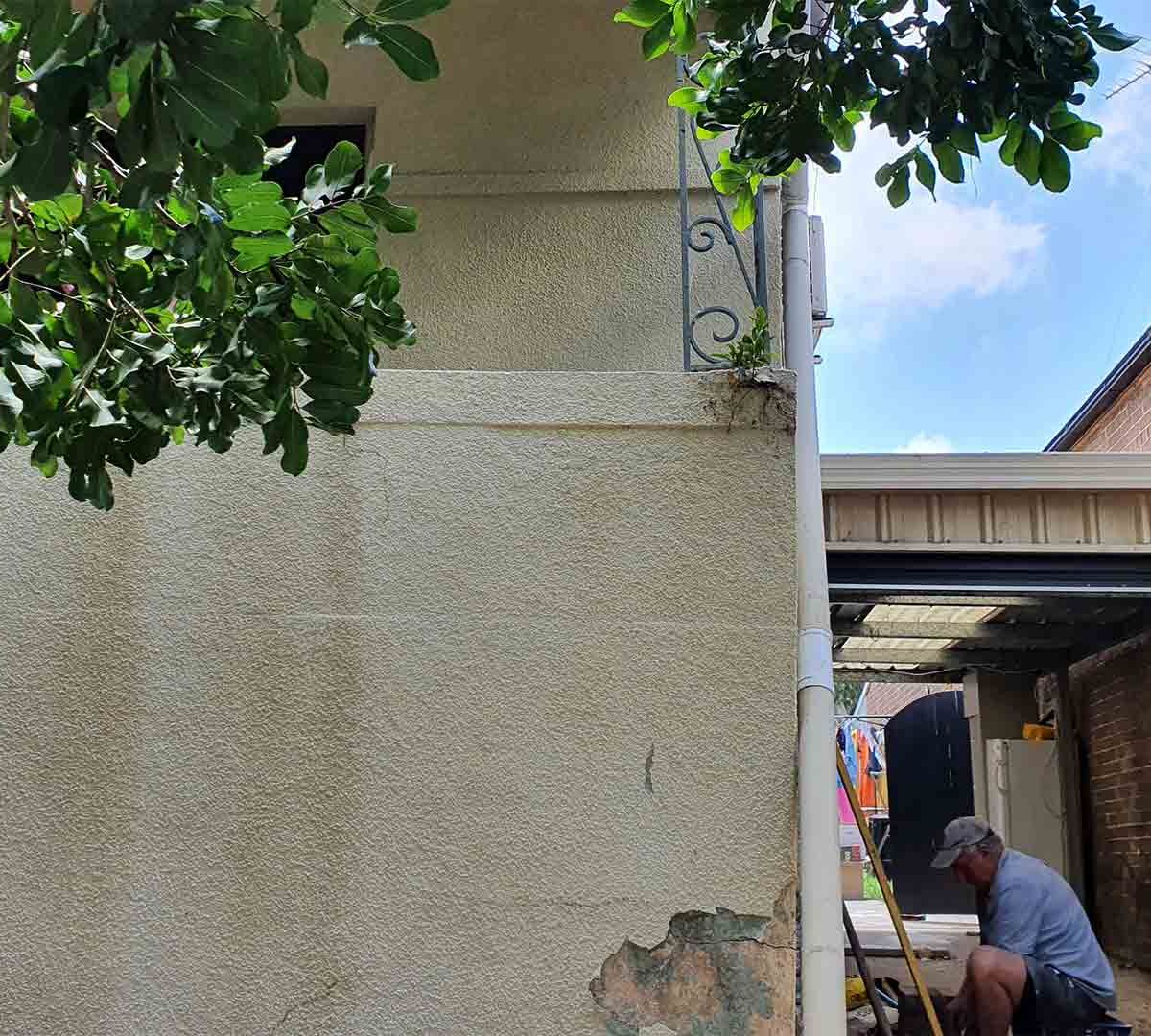Introduction
Retaining walls are not just functional structures designed to hold back soil; they are also essential elements in landscaping that can transform outdoor spaces into stunning, organized, and functional environments. In this blog, we’ll explore the role of retaining walls in landscaping and how they enhance outdoor spaces in various ways.
- Creating Level Terraces
One of the most common uses of retaining walls in landscaping is to create level terraces on sloped or uneven terrain. This allows homeowners to maximize the utility of their outdoor spaces, providing flat areas for gardens, patios, seating, or play areas. These terraces help overcome the challenges presented by sloped landscapes, making them more accessible and usable.
- Beautifying Gardens
Retaining walls can be incorporated into garden designs to add depth and visual interest. By creating raised planters or garden beds, these walls offer an elegant framework for colorful flowers, shrubs, and ornamental plants. They not only contribute to the aesthetic appeal of the landscape but also facilitate easier maintenance and garden care.
- Defining Boundaries
Retaining walls can serve as natural dividers to define different areas of a garden. They can separate flower beds from the lawn, delineate a vegetable garden, or establish clear property boundaries. These walls add structure and organization to the outdoor space, enhancing the overall design.
- Controlling Erosion
Landscaping retaining walls are also crucial in erosion control. Sloped areas are susceptible to soil erosion and water runoff, which can damage plants and hardscape elements. Retaining walls help prevent these issues by holding the soil in place and channeling water away, preserving the beauty and functionality of the landscape.
- Water Features and Fountains
Retaining walls can be creatively integrated into water features and fountains. These structures can serve as the base for cascading waterfalls, providing a serene and calming focal point in the landscape. Water features, combined with retaining walls, add a touch of elegance and natural beauty to outdoor spaces.
- Enhancing Privacy
Strategically placed retaining walls can create more secluded areas within your outdoor space. Whether you’re creating a cozy nook for relaxation or separating an outdoor dining area from the rest of the garden, these walls offer privacy and a sense of intimacy.
- Aesthetic Variety
Retaining walls come in a range of materials, including concrete blocks, bricks, natural stone, and timber. This variety allows homeowners to choose the style and appearance that best complements their landscape design. Different materials offer distinct aesthetics, from the classic charm of brick to the rugged beauty of natural stone, allowing for personalized landscaping solutions.
Conclusion
Retaining walls are not just utilitarian structures; they are essential tools in landscaping that help enhance outdoor spaces in numerous ways. Whether you’re looking to create terraced gardens, define boundaries, control erosion, or beautify your outdoor environment, retaining walls play a pivotal role in achieving your landscaping goals. Their functional and aesthetic value is evident in their ability to transform sloped, uneven landscapes into organized, visually pleasing, and highly functional outdoor spaces.



